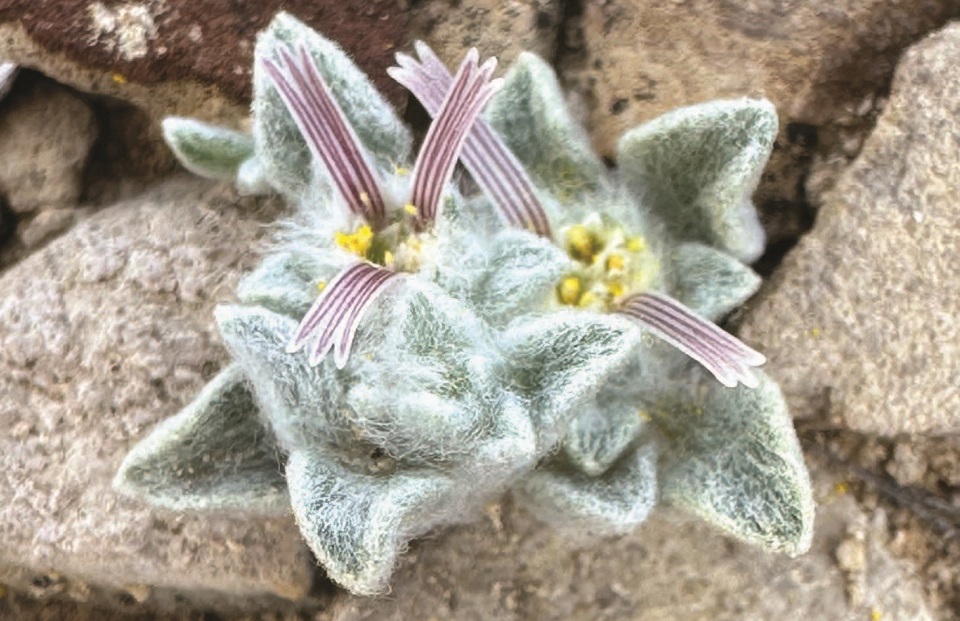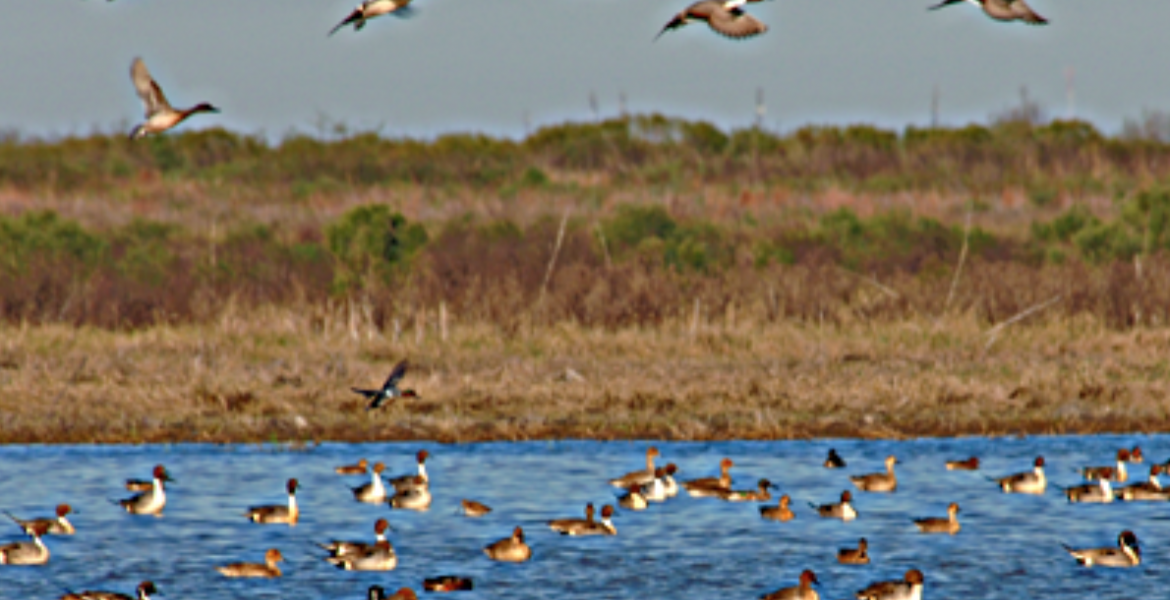BIG BEND NATIONAL PARK, TX – In Big Bend National Park, two park staff members encountered a tiny plant that they did not recognize.
Further investigation revealed that it is a species previously unknown to science. A scientific description of the species, including the results of a genetic analysis to better understand its evolutionary relationship to other species in the Asteraceae family, was recently published in the peer-reviewed botanical journal PhytoKeys.
In March 2024, a volunteer with the Big Bend National Park botany program and a supervisory interpretive park ranger first noticed some very tiny plants sprinkled among the desert rocks in a remote area in the northern reaches of the park. Upon closer examination, they realized that the fuzzy foliage and interesting flower looked like nothing they had seen before.
Utilizing photos of the plants they had taken, they consulted species databases, herbarium records, plant taxonomy publications, area experts, and even posted the photos online to help identify their discovery. Excitement began to grow as it soon became apparent that these tiny plants were not previously known.
The California Academy of Sciences, Sul Ross University, and Centro Interdisciplinario de Investigación para el Desarrollo Integral Regional joined park staff in the study of the new plant. A genetic analysis revealed that this plant is so distinctive that it is not just a new species but best classified as an entirely new genus within the Asteraceae (Daisy) family.
To officially name the plant, inspiration was found in its interesting appearance. The name, Ovicula biradiata comes from Ovicula = tiny sheep, in reference to the thick white “wool” that covers the leaves, and biradiata = referencing the two conspicuous ray petals in each flower. Researchers working with the plant have also affectionately named the plant “wooly” or “wooly devil.”
“Now that the species has been identified and named, there is a tremendous amount we have yet to learn about it,” said Big Bend National Park Superintendent Anjna O’Connor. “I’m excited to discover whether there are other populations in the park, details of its life cycle, what are the pollinators, and due to the current drought, if it will be observed at all this spring.”
Big Bend National Park has exceptional biodiversity due to its large size (801,165 acres) and wide range of habitat types, including riparian ecosystems, low desert bajadas, and sky island woodlands at higher elevations.
Other recent scientific discoveries in Big Bend National Park include a fossil record of a new species of Duck-billed dinosaur (Malefica deckerti) and detection of a species of oak (Quercus tardifolia) once considered extinct.

Close-up view of "Wooly Devil." NPS / D. Manley
Subscribe to the LIVE! Daily
Required






Post a comment to this article here: